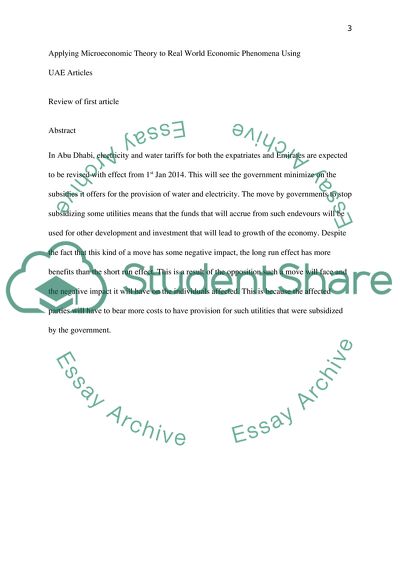Cite this document
(Applying microeconomic theory to real world economic phenomena using Essay, n.d.)
Applying microeconomic theory to real world economic phenomena using Essay. https://studentshare.org/macro-microeconomics/1850400-applying-microeconomic-theory-to-real-world-economic-phenomena-using-uae-articles
Applying microeconomic theory to real world economic phenomena using Essay. https://studentshare.org/macro-microeconomics/1850400-applying-microeconomic-theory-to-real-world-economic-phenomena-using-uae-articles
(Applying Microeconomic Theory to Real World Economic Phenomena Using Essay)
Applying Microeconomic Theory to Real World Economic Phenomena Using Essay. https://studentshare.org/macro-microeconomics/1850400-applying-microeconomic-theory-to-real-world-economic-phenomena-using-uae-articles.
Applying Microeconomic Theory to Real World Economic Phenomena Using Essay. https://studentshare.org/macro-microeconomics/1850400-applying-microeconomic-theory-to-real-world-economic-phenomena-using-uae-articles.
“Applying Microeconomic Theory to Real World Economic Phenomena Using Essay”. https://studentshare.org/macro-microeconomics/1850400-applying-microeconomic-theory-to-real-world-economic-phenomena-using-uae-articles.


